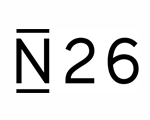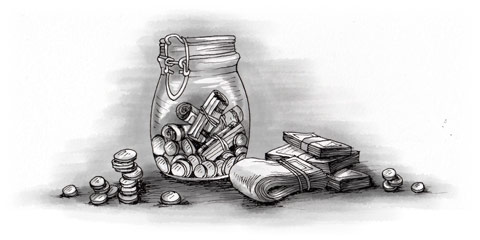The assessment will summarise the basis for calculating your taxes and indicate the total amount of tax due for the year, reduced by the total of pre-payments and withholding credited to your account.
Any amount due to the tax authorities must be paid within two months of the date of the assessment. (The tax authorities usually enclose a bank transfer form for you to complete.) Amounts due to you in respect of overpayments are generally credited directly to your bank account within a few weeks of the assessment (and can be used to buy Champagne to celebrate the occasion). If you’re self-employed and making quarterly advance tax payments, you usually have the option to use a refund as a credit against your next pre-payment (but the Champagne method is more enjoyable).
It may take as long as six months (sometimes more) to receive your tax assessment and bill. If you don’t receive an assessment by the end of the year in which you filed your tax return, you should contact the office to which you sent your return.
If you disagree with your assessment, you should contact the local tax inspection office as soon as possible after receiving it. (The address and phone number is indicated on the notice you receive.) The onus will be on you to explain and prove any error you claim has been made in calculating your tax bill. (You can’t dispute the assessment simply because your tax computation software gave you a different figure.
Tax inspectors can be surprisingly willing to admit and correct errors, provided you approach them politely and with a carefully documented explanation of what you think is wrong. If you cannot afford to pay your tax bill as a result of circumstances beyond your control (e.g. emergency medical bills or a personal or family crisis you can document), it’s possible to have the bill reduced or even waived altogether – sometimes!
This article is an extract from Living and Working in Holland, Belgium & Luxembourg.


